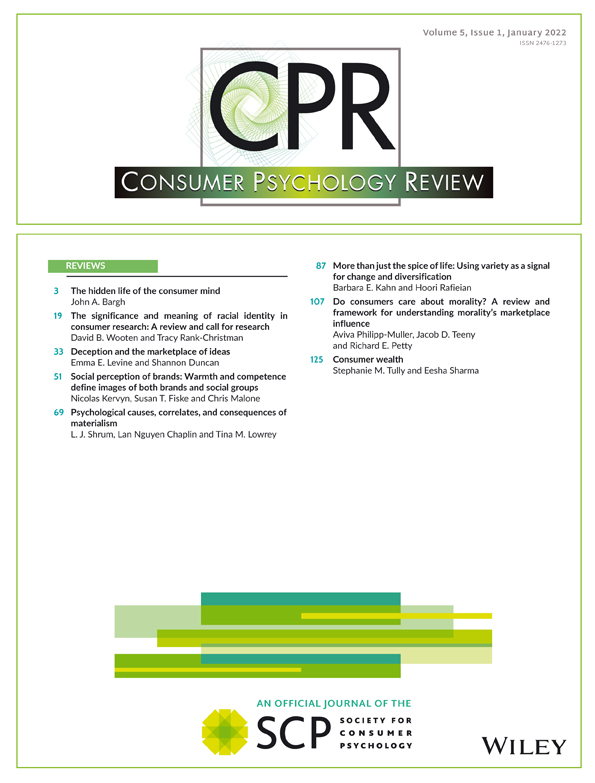Paper
How Patients Choose Hospitals
Share:
In many countries, policy initiatives force the implementation of demand-driven healthcare systems to encourage competition among providers. When actively choosing hospitals, patients can compare data on the quality of hospital performance among providers. However, patients do not necessarily take full advantage of comparative quality information but instead use a number of readily available proxies to evaluate provider trustworthiness.
According to the stereotype content model, organizational trustworthiness is built on stereotypical perceptions of hospitals’ competence and warmth, reflected by visible hospital characteristics such as ownership and teaching status, and size. We introduce a theoretical framework on stereotypic quality perceptions that brings together fragmented findings in health services research on patient quality expectations of hospital characteristics. The model provides a basis for further research and recommendations for improved hospital communication strategies.
The study suggests that researchers as well as hospital management should pay more attention to stereotypical patient quality perceptions and their impact on hospital choice to understand patients’ quality evaluations better.





